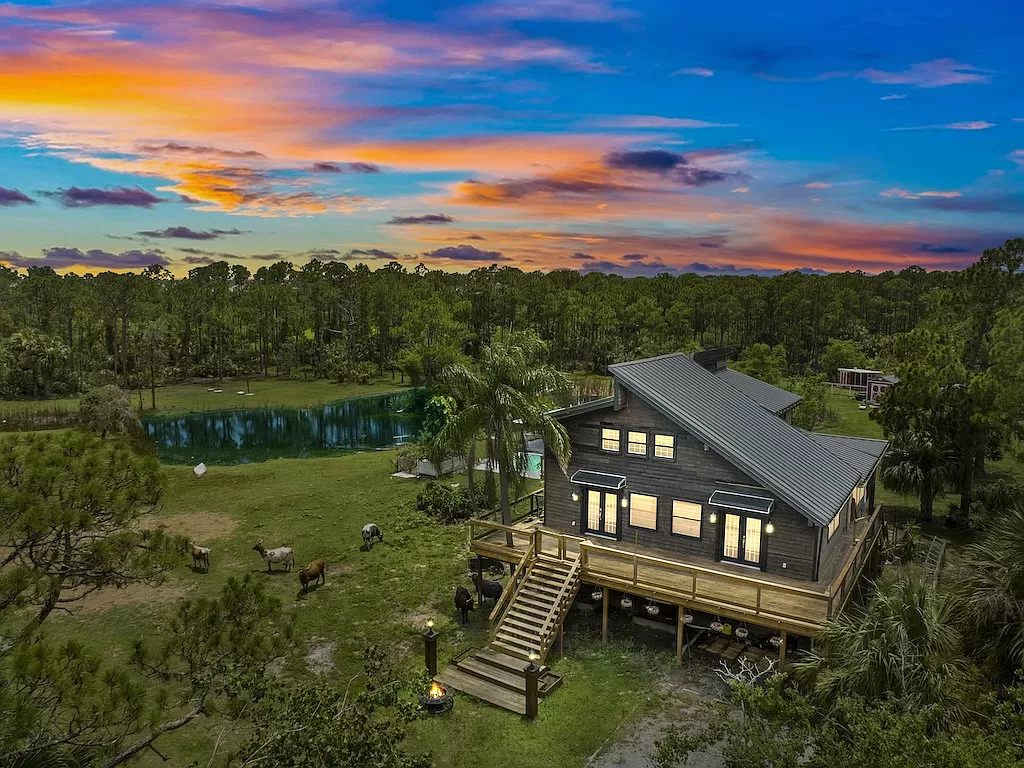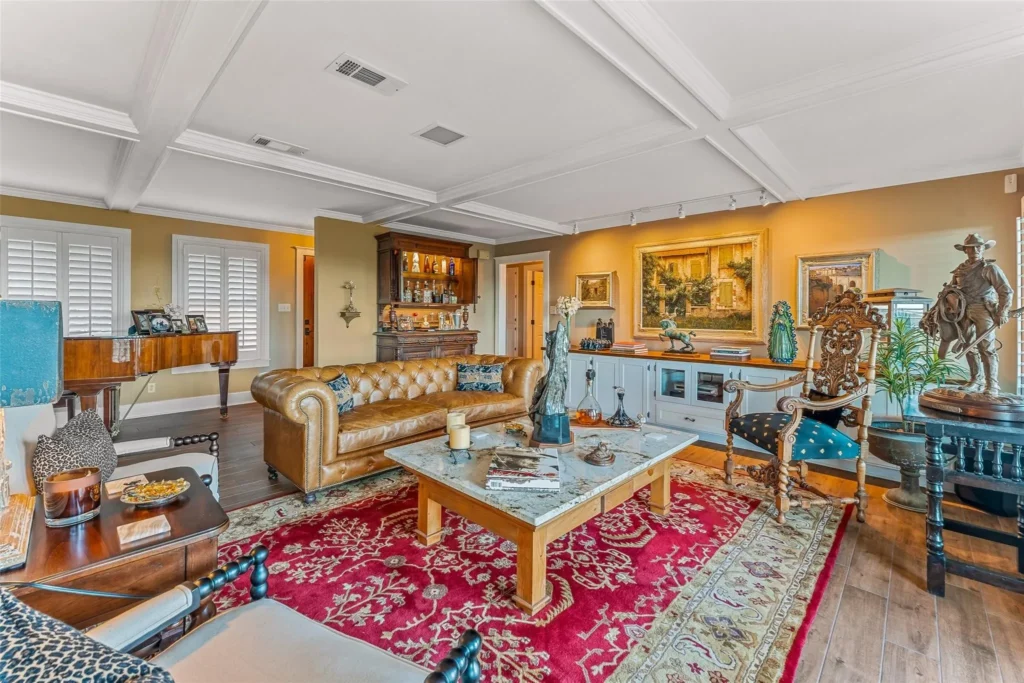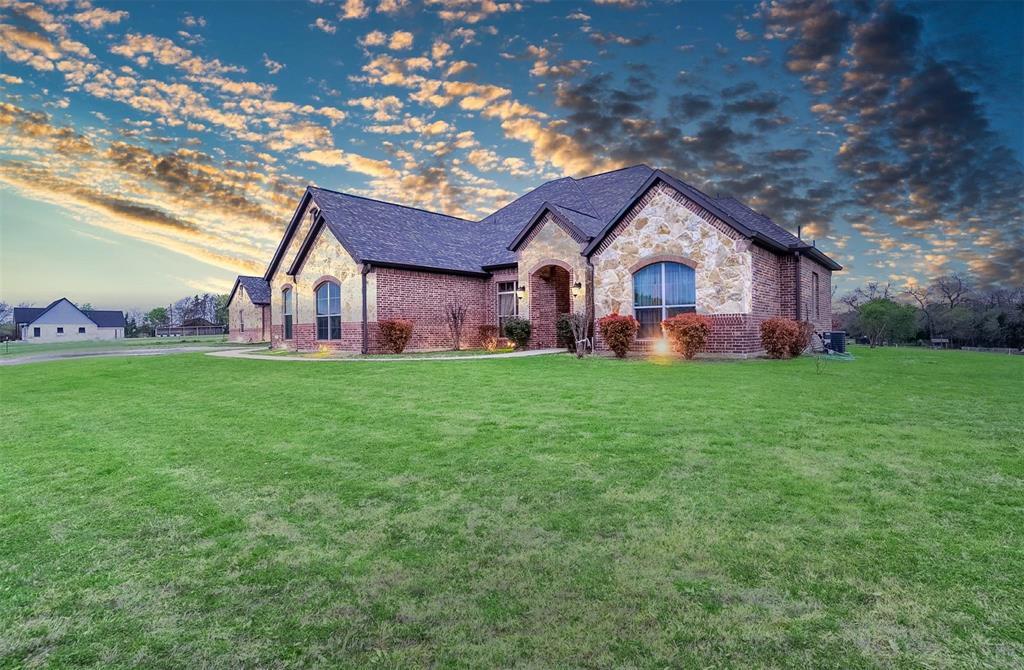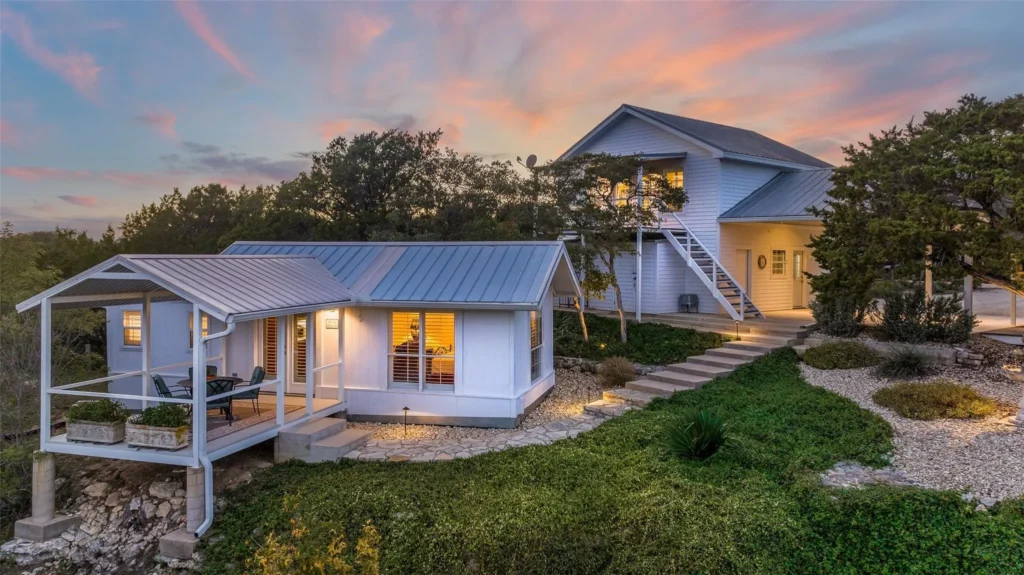Family compounds offer communal living with privacy. It’s also a place for future generations to call home.
Yet, it can also be quite costly compared to buying a single-family home.
Explore the various expenses and planning that come with a large residential compound. Keep reading for a breakdown and find the answer to the big question: how much does a family compound cost?

What Is a Family Compound Intended For?
It’s a residential lot with several dwellings – either attached or arranged around the property.
A compound allows families to live close to each other. Yet, they still get to maintain their own private spaces.
Family compounds vary in size and complexity. Some have a few smaller cottages grouped together while others have large estates with multiple living areas.
Build vs. Buy: Which Is Better?
Building and buying each offer separate pros and cons.
Deciding to build a compound involves more steps, from purchasing land to constructing new buildings. It also allows for greater customization. You can design the structures to best fit your needs.
Buying an existing property is simpler. You can find a property that most closely matches what you’re looking for, limiting the need for extensive renovations.
Use the following build vs buy comparison for a better understanding of the costs involved with each.
Advantages of Building
Building a family compound allows for customization to meet the specific needs of your family. You can design the layout, choose the materials, and include the desired amenities.
You also gain access to the latest in architectural design and construction techniques. Your new structures are likely to benefit from solutions that can help them hold up better compared to older properties.
Building a compound also gives you more choices for finding the right location. Find an area where multiple dwellings are permitted on a single lot.
If you choose to buy an existing compound, your options become much more limited. You’re less likely to find properties that already have more than one housing unit. You may still need to build new structures.
Disadvantages of Building
Building comes with higher initial costs. You pay more to construct a new property compared to buying an existing one.
Adding more homes to the project significantly increases the cost and timeframe for completion.
It may take up to a year before you can move in. The timeline depends on many factors, including the sizes of the units and the availability of the construction company.
Buying also includes the risk of unexpected expenses. It’s possible to end up spending more than you initially planned.
Advantages of Buying
Buying is often a faster process. You don’t need to wait for construction unless you plan major renovations.
An existing property also comes with established landscaping. Seeding the lawn and paving the driveway are some of the last steps when building a home.
Disadvantages of Buying
Lack of customization is the main drawback to buying. Properties are bought in their current condition.
If it doesn’t include the features you want, you’ll need to renovate it.
Finding the perfect compound isn’t easy. You’ll most likely want to make updates at some point.
Higher maintenance costs are another risk. The roof, furnace, and other elements may not be brand new. This increases the chances of needing maintenance or repairs sooner.

Understanding the Cost of a Family Compound
The cost of a compound depends on many different details, including:
- The size of the property
- The size of the home or homes
- The amount of construction work
Large properties with hundreds of acres will cost significantly more compared to smaller lots. A property with a large estate or multiple dwellings already on it is also likely to cost more.
However, the main cost is construction. If you need to build or renovate, you also need to consider the costs involved. This includes hiring an architect and paying for materials and labor.
Constructing a new home costs $350,000 to $500,000. If your compound includes several dwellings, you may need to double or triple this estimate.
Yet, buying will also likely require some construction. You may need to add more living spaces.
Here’s a closer look at the costs involved.
Initial Costs
Find a lot with enough space for your needs. The cost of the land depends mostly on the location and size.
The average cost is $5,000 and $50,000 per acre. Some compounds are built on hundreds of acres. Others take up just an acre or less.
Large lots are more likely to be found in rural areas. They also tend to have room for farming or contain natural features, such as rivers or streams.
Your initial costs also include legal agreements. The average cost for legal fees is $1,000 to $5,000. This covers purchase contracts, easements, and property division agreements.
You may also choose to hire an architect. This allows you to design the dwelling units from the ground up to better suit your family’s needs. Architectural drawings can cost $10,000 to $100,000.
Construction Costs
The biggest expenses are the materials and labor. You’ll pay about $100 to $200 per square foot for materials. This includes lumber, concrete, steel, roofing, and fixtures.
Material costs are lower in certain parts of the country. For example, you may pay less in the South compared to the Northeast or the West Coast.
Labor costs also vary from state to state, but the average is about $50 to $100 per square foot.
This creates an average cost of $150 to $300/sq. Ft.
Utilities
Your dwellings need utilities. This includes electricity, gas, water, septic systems, and a connection to the roads. Some of the typical costs include:
- Septic system installation: $3,000 to $10,000
- Water, gas, and electricity hookups: $10,000 to $30,000
- Installing a driveway: $5,000 to $25,000
You also need permits for construction. The cost can range from a few hundred to several thousand dollars.
Rezoning may also be necessary. In some jurisdictions, you may need to rezone for multiple dwellings. Rezoning may cost $1,000 to $5,000.
Legalities and Insurance
Building a compound may involve some legal work. This includes drafting contracts and estate planning.
Depending on the complexity of the legal assistance, you may spend $1,000 to $10,000 on a lawyer.
Insurance is also required. This includes property insurance and liability insurance. If you’re building, you may need construction insurance.
The average cost of insurance is $2,000 to $10,000.
If you want to pay less for property taxes, look for residential properties in rural areas. They have lower millages, resulting in lower property taxes.
Maintenance
Maintaining a family compound requires ongoing expenses. You need to pay for repairs, utilities, and general upkeep.
Annual maintenance costs vary widely. Plan to spend 1% to 3% of your property’s value in maintenance each year.
If your compound has a total property value of $500,000, you may pay $5,000 to $15,000 per year on upkeep.
Financing
Unless you plan on paying cash, you’ll likely need to obtain a loan for your family compound. You may need to consider traditional mortgages or construction loans, depending on whether you buy or build.
Interest rates vary based on your credit score. Shop around for the best terms. This can help save you money on interest over the life of the loan.

How to Save Money on a Family Compound
As discussed, building a compound is costly. Use the following tips to avoid overspending and save money:
Plan Thoroughly
Create a detailed plan for your project. Work with experienced architects and contractors.
They may be able to help develop an efficient design that saves you money in the long run. For example, they may offer suggestions for solutions that cost less compared to your initial ideas.
Choose Affordable Locations
Consider rural or suburban areas. They tend to have lower land prices and property taxes.
Rural areas also typically have fewer building restrictions. This makes it easier to find an area that allows multi-unit dwellings.
Reuse Materials
Using recycled materials reduces material costs. You can save money and add unique characters to your compound.
Look for opportunities to reuse materials whenever possible. You may be able to reuse bricks, wood, and fixtures from other projects.
DIY Where Possible
Taking on certain tasks yourself helps save money. Examples of common DIY projects include landscaping, basic carpentry, and painting.
You may be able to handle some of these steps without hiring professionals. This cuts labor costs and keep your budget in check.
Conclusion: How Much Does a Family Compound Cost?
Starting a family compound is a big investment. From the initial land purchase to construction and ongoing maintenance, there’s a lot of different expenses to deal with.
Buying an existing property saves time and requires less of an upfront investment. Compounds with multiple houses may cost anywhere from $500,000 to $1,000,000 or more.
You’ll pay more when building a new compound from scratch. Yet, this allows for greater customization.
Get a basic idea of the potential cost using the estimated square footage of the units. New home construction averages about $150 to $300 per square foot. You’re likely to spend more on your compound compared to buying or building a single-family home. However, you’ll also benefit from the unique living arrangement.


